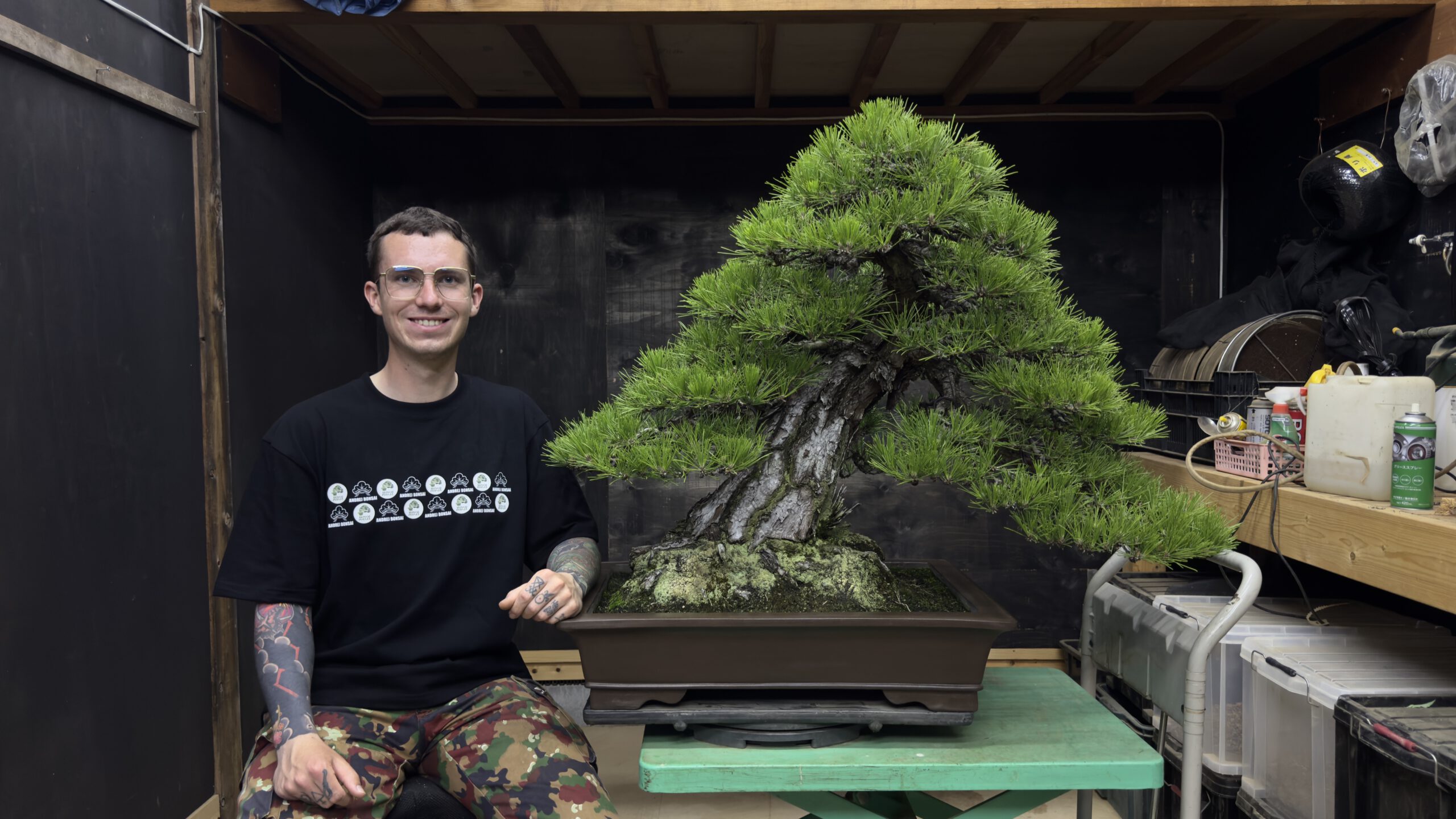Description
This antique bonsai pot, dating from the Nakawatari era (1800–1911 CE), is a large rectangular unglazed container made from warm, reddish clay. It offers a balanced, slightly tapered shape with a time-worn surface that showcases the character and patina earned over more than a century.
The pot is in excellent condition for its age, with only minor natural wear consistent with its vintage origin. Its generous dimensions make it well-suited for powerful Chuhin-sized bonsai — especially conifers such as pines or junipers. The reddish hue of the clay pairs beautifully with aged bark, lending a mature harmony to any composition.
Features:
-
Origin: Antique Chinese (Nakawatari era, 1800–1911 CE)
-
Design: Rectangular, unglazed
-
Clay: Reddish with aged surface character
-
Size: Suitable for Chuhin-sized trees
-
Condition: Very good for its age, with light historical wear
Measurements:
-
Outer (l x w x h): 37,0×25,0x7,5cm
-
Inner (l x w x h): 32,0×20,0x5,5cm
About Nakawatari Bonsai Pots (1800–1911 CE)
Nakawatari bonsai pots were produced in China during the late Qing dynasty, between 1800 and 1911 CE. The term Nakawatari means “middle crossing,” referencing both the historical era and the wave of pots that were imported to Japan — particularly in the 1970s and 1980s.
These antique containers are favored for exhibition-quality bonsai and are known for their narrow front-to-back proportions, softly rounded undersides, and natural finishes in hues like shudei, shidei, aokochi, and namako. Their understated forms are especially well-suited to conifers and aged deciduous trees.
Due to their age and increasing rarity, Nakawatari pots in this condition are difficult to find and are highly valued by collectors for their historical authenticity and aesthetic compatibility with older bonsai.




















